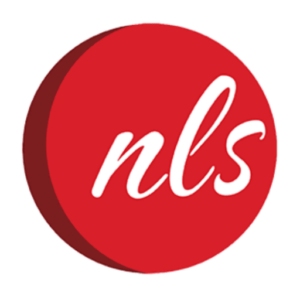Recently in Logistics; Canada faces pressure to strengthen supply chains as U.S. tariffs remain on hold. The U.S. reinstates duty-free imports under $800 from China. Despite stable inflation, 73% of Canadians see no price relief. Only 5% of small businesses benefited from the GST/HST holiday. The global high-tech logistics market, now valued at $50.2B, is set to nearly double by 2030 with Canada as one of its key players.
Canada Urged to Strengthen Supply Chains Amid Tariff Uncertainty
With Trump’s proposed tariffs on hold for 30 days, Canada faces mounting pressure to reinforce supply chain resilience. A 25% tariff on non-energy goods could severely impact the economy, especially the auto sector. Experts recommend reducing trade dependence on the U.S. and improving supply chain governance through new trade agreements and policy reforms. Swift action is needed to prevent potential disruptions in the future.
Source: Retail Insider
U.S. Temporarily Restores Duty-Free Imports from China
The U.S. has reinstated the de minimis exemption, allowing duty-free imports under $800 from China. Initially removed under Trump’s tariff policy, the exemption remains in place until a more efficient collection system is established. This provides short-term relief for e-commerce businesses that struggled with operational challenges. However, uncertainty remains as policy changes are expected once a new system is implemented.
Source: Retail Dive
Canadians Cut Costs as Financial Strain Continues
Despite inflation stabilizing, 73% of Canadians say they haven’t noticed price drops, leading to shifts in shopping habits. More consumers are opting for lower-cost brands, discounts, and loyalty rewards, redefining what value means. Retailers must focus on quality, strategic pricing, and AI-driven personalization to meet evolving consumer expectations. As economic uncertainty lingers, brands that effectively communicate affordability and value will gain an edge in 2025.
Source: Retail Insider
GST/HST Holiday Had Little Impact on Small Business Sales
Only 5% of small businesses saw increased sales during the GST/HST holiday, while most faced significant administrative challenges. Many struggled with reprogramming point-of-sale systems, unclear tax rules, and additional workloads. The CFIB is urging the CRA to waive penalties for errors and provide a $1,000 credit to offset compliance costs. The tax break was widely criticized for its complexity and was even nominated for CFIB’s Paperweight Award for excessive red tape.
Source: Retail Insider
Canada a Key Player in High-Tech Logistics Boom
The high-tech logistics market, valued at US$50.2 billion in 2024, is set to nearly double by 2030, driven by e-commerce growth and AI, IoT, and blockchain advancements. These technologies improve tracking, predictive maintenance, and inventory management while reducing costs and emissions. Industries like health care, automotive, and retail are investing heavily, with Canada and other governments supporting expansion. The U.S., China, Japan, Germany, and Asia-Pacific are key markets fueling this growth.
Source: Inside Logistics
Are your logistics requirements being effectively addressed? As we head into 2026 let’s explore your eCommerce fulfillment strategies. You can book a brief call with our team of seasoned logistics professionals to evaluate your needs and formulate a customized plan to propel your business forward.
For quick and easy scheduling, here’s a link to my full calendar.


